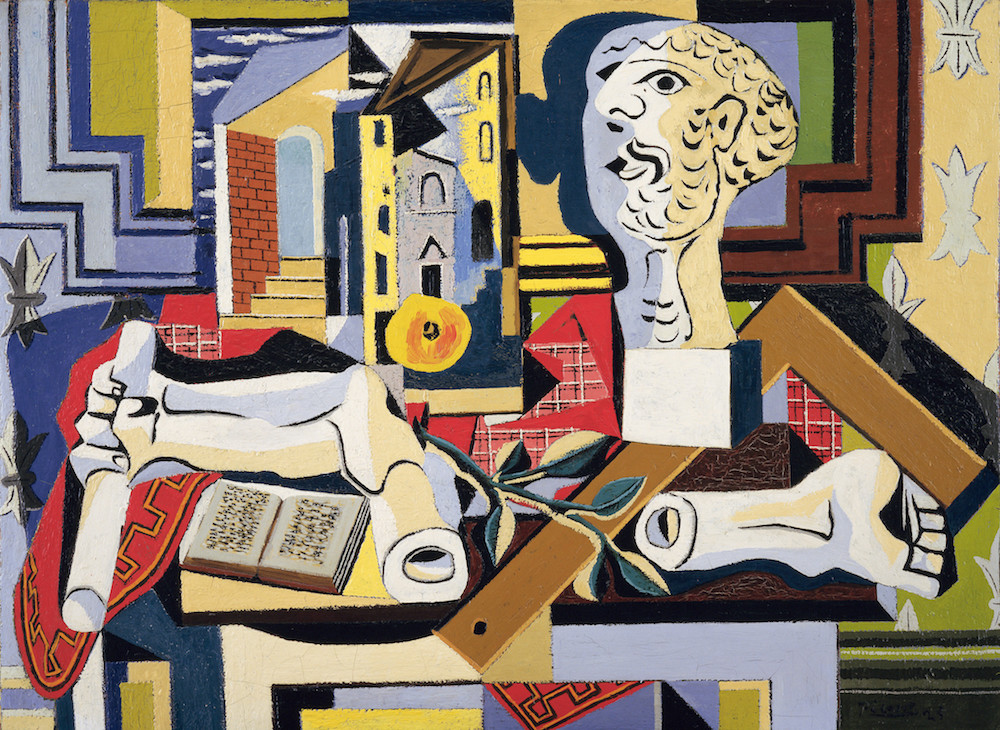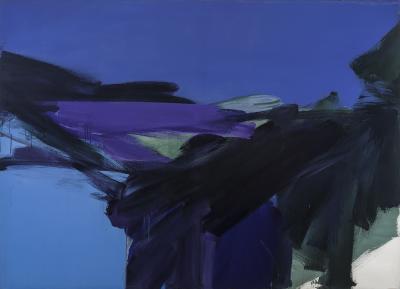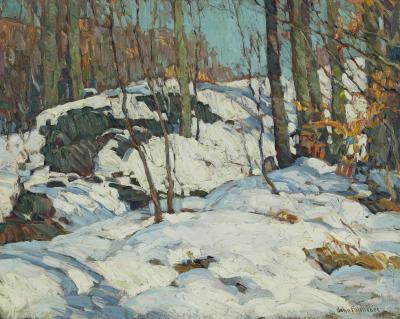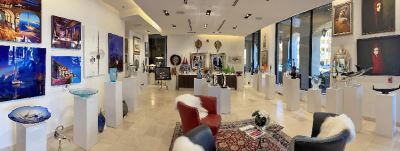This Week's Major Events: Pierre Chareau Exhibition, Carmen Herrera at the Whitney, Picasso & Rivera at LACMA & More
December 27, 2016 - January 2, 2017
NEW YORK
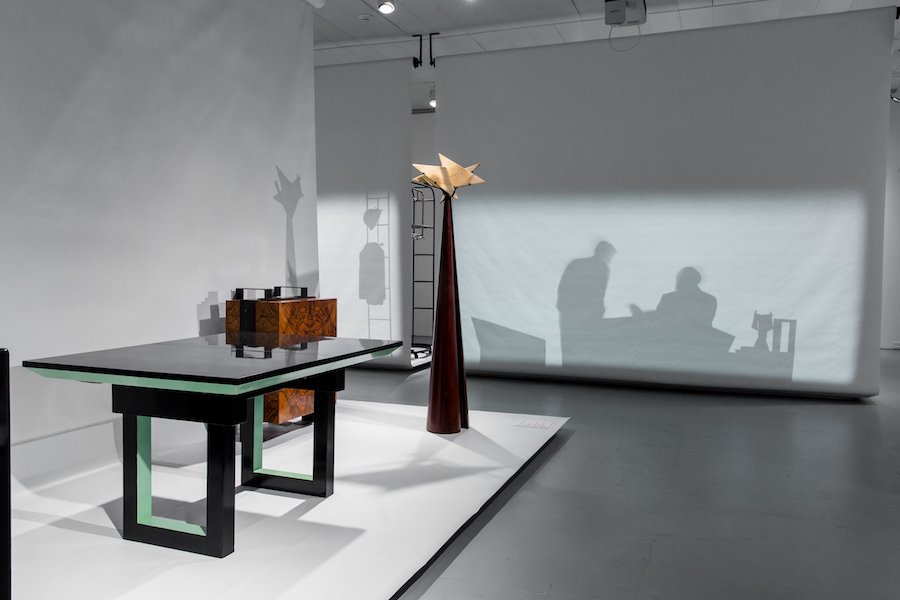
- Left: Pierre Chareau, Bicolor table designed for Julia Ullmann, c. 1929, knotty walnut and lacquer. Paolo and Maddalena Kind, London; Center: Pierre Chareau, wall cabinet, c. 1928, walnut and black patinated iron, with interior in sycamore. Vallois America, New York; Right: La Religieuse (the nun) floor lamp, c. 1923, mahogany and alabaster, with metalwork by Louis Dalbet. Robert and Cheska Vallois, Paris. From the exhibition Pierre Chareau: Modern Architecture and Design, November 4, 2016 – March 26, 2017, at The Jewish Museum, NY. Photo: Will Ragozzino/SocialShutterbug.com. Exhibition design by Diller Scofidio + Renfro.
Pierre Chareau: Modern Architecture and Design
Through March 26, 2017
Jewish Museum
1109 5th Ave at 92nd St, New York, N.Y. 10128
For more information, call 212.423.3200 or visit www.thejewishmuseum.org.
The Jewish Museum is presenting the first U.S. exhibition focused on French designer and architect Pierre Chareau. The interdisciplinary studio of Diller Scofidio + Renfro designed the exhibition, which incorporates video projections, virtual reality, digital installations, and film to give a sense of the functional and social contexts for Chareau’s work. The exhibition showcases rare furniture, lighting fixtures and interiors, bringing together more than 180 rare works from major public and private collections in Europe and the U.S. Pierre Chareau: Modern Architecture and Design will also display the designs for the magnificent Maison de Verre, the Parisian glass house completed in 1932. This exhibition is presented in collaboration with The Centre Pompidou.
Click here to continue reading.
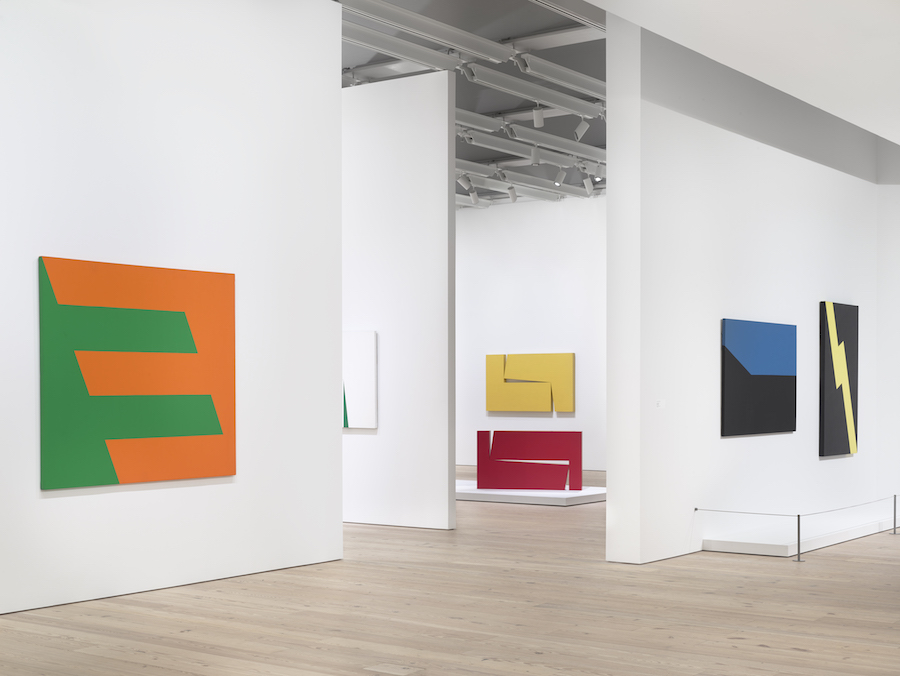
- Installation view of Carmen Herrera: Lines of Sight (Whitney Museum of American Art, New York, September 16, 2016—January 2, 2017). Photography by Ronald Amstutz Left to right: Green and Orange, 1958 (E.2015.0627); Blanco y Verde, 1966-67 (E.2015.0624); Estructura Roja, 1966/2012 (E.2015.0634); Amarillo “Dos”, 1971 (E.2015.0642); Blue Monday, 1975 (E. 2015.0649); Saturday, 1978 (E.2015.0654).
Carmen Herrera: Lines of Sight
Through January 9, 2017
Whitney Museum of American Art
99 Gansevoort Street, New York, N.Y. 10014
For more information, call 212.570.3600 or visit www.whitney.org
Cuban artist Carmen Herrera has been creating art for more than seventy years, but it is only within the last decade that she has received the international acclaim she deserves. This exhibition highlights her long-overlooked early career, spanning the thirty year period of 1948–1978. During this period, Herrera spent time in the art and cultural hubs of Havana, Paris, and New York, where she developed her signature artistic style of geometric abstraction. Fifty of the pioneering artist’s three-dimensional works, paintings, and works on paper are on display. The exhibition is only on view for a few more weeks.
Click here to continue reading.
LOS ANGELES

- Polly Apfelbaum, Black Flag, 2002, detail, synthetic crushed velvet and dye, dimensions variable (approx. 28 x 14 feet), Los Angeles County Museum of Art, Purchased with funds provided by David and Susan Gersh, Barry and Julie Smooke, Mark and Ellie Lainer, Tina Petra and Ken Wong, Patricia and Stanley Silver, and others through the Modern and Contemporary Art Council, © Polly Apfelbaum.
An Irruption of the Rainbow: Color in Twentieth-Century Art
Los Angeles County Museum of Art
5905 Wilshire Boulevard, Los Angeles, Calif. 90036
For more information call 323.857.6010 or visit www.lacma.org
This exhibition explores the various ways modern artists have used color in their work. When artists began to experiment with color at the end of the nineteenth century, they found ways to use color descriptively, scientifically, politically, and to stimulate the senses. Henri Matisse, known as a master of color, he used pared-down shapes to explore the ideas of figure, ground, presence, and void. Paul Signac aligned himself with color theory, and Wassily Kandinsky, a pioneer of abstraction, experimented with synesthesia. William Eggleston photographed heightened color in everyday situations. All of the pieces of art in An Irruption of the Rainbow are from the LACMA’s permanent collection, including works by Sonia Delaunay, Kazimir Malevich, Morris Louis, John McLaughlin, and Ellsworth Kelly.
Click here to continue reading.
Picasso and Rivera: Conversations Across Time
Through May 7, 2017
Los Angeles County Museum of Art
5905 Wilshire Boulevard, Los Angeles, Calif. 90036
For more information call 323.857.6010 or visit www.lacma.org
A second exceptional exhibition at the LACMA is currently on view. Presented by the Los Angeles County Museum of Art with Museo del Palacio de Bellas Artes in Mexico City, this exhibition examines the moments of intersection in the formation of modernism, both in Europe and Latin America, and asks how Pablo Picasso and Diego Rivera, two prolific twentieth-century artists, exchanged ideas and engaged with their respective ancient Mediterranean and Pre-Columbian worlds. More than 100 paintings and prints by these two artist are exhibited in dialogue with one another, alongside dozens of ancient Greco-Roman, Iberian, and Aztec objects. Picasso and Rivera aims to advance the understanding of how their artistic contributions were influenced by ancient forms, myths, and structures. After closing at LACMA in May 2017, the exhibition will travel to Mexico City where it will be on view in the summer of 2017 at the Museo del Palacio de Bellas Artes.
Click here to continue reading.
NEW HAMPSHIRE
Mount Washington: The Crown of New England
Through January 16, 2017
Currier Museum of Art
150 Ash Street, Manchester, N.H. 03104
For more information call 603.669.6144 or visit www.currier.org.
This is the first museum exhibition devoted entirely to art featuring the Mount Washington region of New Hampshire. Masterpieces on display include works by Albert Bierstadt, Thomas Cole, Jasper Francis Cropsey, John Frederick Kensett, David Johnson, Winslow Homer and George Inness. Material ranges from paintings and prints, to vintage photographs and illustrated guidebooks from the late 1820s to the 1870s, all documenting the artistic and historical context through which this scenic landmark became an international symbol of the American landscape. See this stunning exhibition before it closes January 16, 2017.















